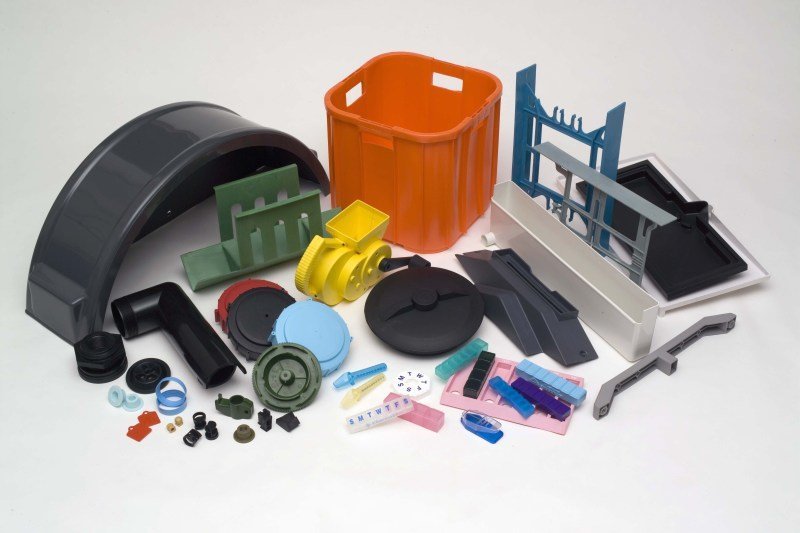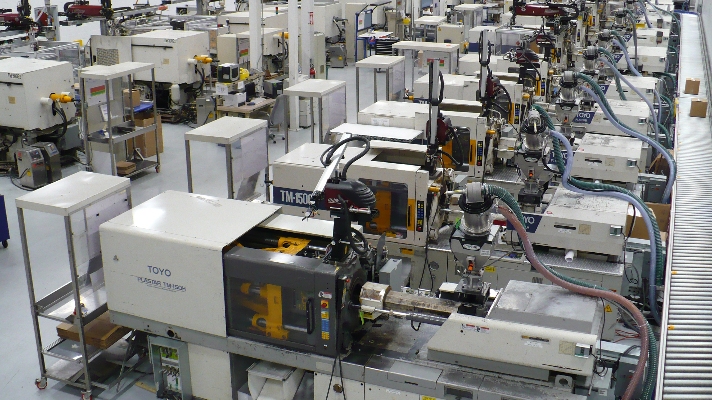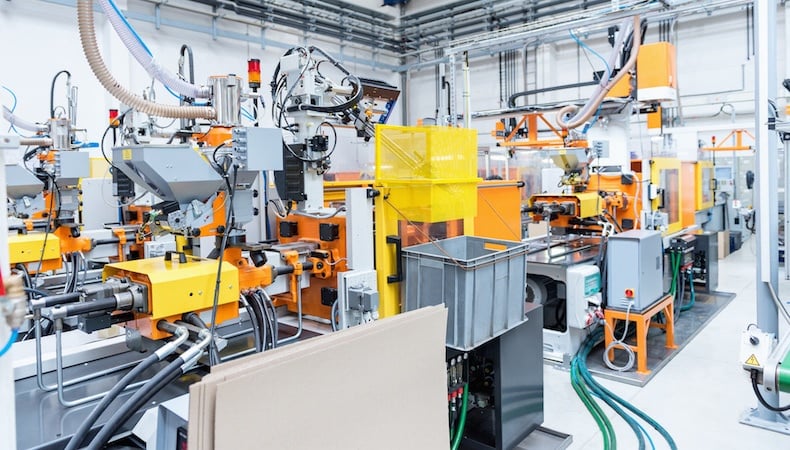The Benefits of Using Plastic Injection Molding for Custom Parts Manufacturing
The Benefits of Using Plastic Injection Molding for Custom Parts Manufacturing
Blog Article
Understanding the Basics of Plastic Shot Molding Procedures
Plastic injection molding acts as a foundation of modern-day manufacturing, giving a methodical method to generating complex components with precision. This procedure not just incorporates the fundamental steps of melting and injecting materials into molds yet also includes a nuanced understanding of various influencing aspects, such as temperature level and pressure. As industries increasingly demand effectiveness and high quality, the ins and outs of this technique come to be extra critical. Exploring these vital aspects might expose exactly how even minor modifications can result in considerable renovations in manufacturing end results, elevating inquiries concerning the capacity for advancement in this well established process.
What Is Plastic Shot Molding?
Plastic shot molding is a widely used production procedure that changes thermoplastic and thermosetting products into exact and complicated shapes. This method is preferred for its capability to generate high volumes of identical get rid of outstanding accuracy, making it a crucial technique in different sectors, including vehicle, consumer products, and clinical tools.
The process involves melting the picked plastic product and infusing it right into a mold under high pressure. The mold and mildew, developed to the specifications of the desired component, allows the liquified plastic to take shape as it strengthens and cools down. Once the product has actually hardened, the mold and mildew is opened, and the finished element is ejected.
Plastic shot molding provides several advantages, consisting of reduced waste, uniformity in manufacturing, and the capacity to incorporate elaborate styles that might be testing with other manufacturing approaches. Additionally, it supports a wide variety of materials, each providing unique residential or commercial properties that can be tailored for particular applications. As markets remain to introduce, plastic injection molding remains at the leading edge, allowing the growth of sophisticated items that meet developing consumer needs.
The Shot Molding Process
The shot molding procedure is an advanced technique that includes a number of key stages to generate high-quality plastic elements. Plastic pellets are fed right into a warmed barrel where they are thawed right into a thick liquid. This molten plastic is after that injected under high stress right into a precision-engineered mold, which forms the product into the preferred type.
When the mold is loaded, the plastic is allowed to cool down and solidify, taking the form of the mold dental caries. Cooling time is important, as it impacts the cycle time and the final residential or commercial properties of the molded component. After enough air conditioning, the mold opens up, and the ended up part is ejected using ejector pins.

Materials Made Use Of in Injection Molding
Different materials can be utilized in the injection molding procedure, each offering distinct buildings that satisfy specific applications. The most generally made use of materials consist of thermoplastics, thermosetting plastics, and elastomers.

Thermosetting plastics, like epoxy and phenolic materials, go through a chemical change throughout the treating procedure, resulting in a stiff, inflexible framework. These products are optimal for applications needing high warmth resistance and structural honesty, frequently utilized in electric insulators and vehicle parts.
Elastomers, including silicone and rubber-based products, give adaptability a fantastic read and durability. Their special residential or commercial properties make them suitable for applications that require elasticity, such as gaskets and seals.
Additionally, specialty products like bio-based plastics and composites are gaining grip for their environmental advantages and improved efficiency attributes, broadening the scope of shot molding applications in different markets. Recognizing the properties of these materials is critical for choosing the ideal kind for particular tasks.
Advantages of Injection Molding
Shot molding sticks out as a highly effective production procedure that offers various benefits for generating complex get rid of precision. One of the most considerable advantages is the ability to create detailed styles that would certainly be impossible or difficult to accomplish with various other methods (Plastic Injection Molding). The procedure permits for tight tolerances and comprehensive features, making sure top notch elements
Additionally, shot molding is recognized for its quick manufacturing capabilities, making it continue reading this an excellent option for high-volume manufacturing. As soon as the mold is created, parts can be generated quickly, lowering preparations and enhancing general efficiency. This effectiveness not only decreases production prices yet also gives an one-upmanship in the market.
The adaptability of products utilized in shot molding even more enhances its appeal. A variety of thermoplastics and thermosetting polymers can be utilized, enabling producers to select products that ideal fulfill their certain needs, consisting of flexibility, warmth, and toughness resistance.
Furthermore, the process decreases waste, as excess material can typically be recycled and recycled. This sustainability facet adds to a lowered environmental influence, making injection molding a liable manufacturing choice. On the whole, the advantages of injection molding make it a recommended method for numerous markets.
Aspects Influencing Item High Quality
While countless variables can influence product top quality in injection molding, comprehending these elements is critical for accomplishing ideal outcomes. Key aspects include material option, refining specifications, and mold and mildew style.
Product choice plays a vital duty, as various polymers exhibit one-of-a-kind residential properties that influence flowability, toughness, and thermal stability. Inadequate product choice can result in defects such check as warping or incomplete filling.
Handling criteria, consisting of stress, temperature level, and cycle time, should be diligently controlled. Variants in these settings can result in inconsistencies partially measurements and surface area finish. Excessively high temperatures might trigger degradation of the polymer, while poor stress can result in short shots.
Mold and mildew style is equally vital, as it establishes the flow of the molten plastic and the cooling procedure. Improperly developed mold and mildews may lead to irregular cooling prices, leading to recurring anxieties and dimensional inaccuracies.

Conclusion
In conclusion, plastic injection molding serves as a crucial manufacturing process that enables the efficient manufacturing of high-quality parts. Proficiency of the shot molding process, including the understanding of materials and the impact of numerous aspects on item high quality, is vital for accomplishing optimal outcomes. The benefits of this approach, such as cost-effectiveness and layout adaptability, additional underscore its significance throughout several markets, solidifying its standing as a favored choice for high-volume manufacturing.
Plastic shot molding serves as a keystone of modern-day manufacturing, providing a systematic method to producing intricate elements with precision.Plastic shot molding provides numerous advantages, consisting of minimized waste, consistency in manufacturing, and the capability to include complex designs that might be testing with various other making methods (Plastic Injection Molding). As sectors continue to innovate, plastic injection molding remains at the forefront, making it possible for the growth of advanced products that satisfy progressing customer demands
The injection molding procedure is an innovative technique that involves numerous essential phases to generate high-quality plastic parts.In verdict, plastic shot molding serves as an important manufacturing procedure that enables the effective manufacturing of top quality parts.
Report this page